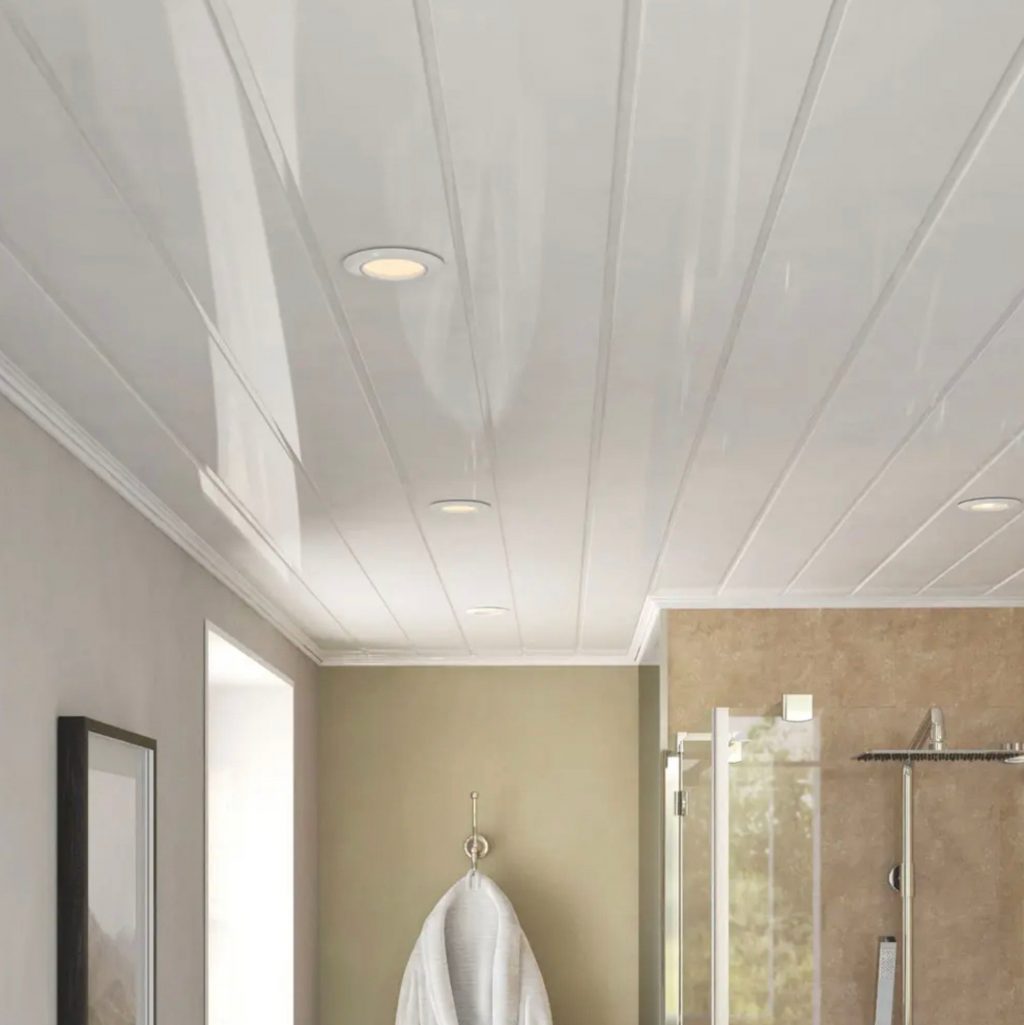When it comes to attaching PVC to a wood board, there are several innovative methods that can ensure a secure and long-lasting bond. Whether you're working on a DIY project or a professional construction job, it's important to choose the right technique to achieve the desired results. In this article, we will explore different approaches to attaching PVC to wood, providing you with practical and accurate information.
- Adhesive Bonding:
One of the most common methods for attaching PVC to wood is using adhesive bonding. This technique involves applying a specialized adhesive that is designed to bond PVC and wood surfaces together. Before applying the adhesive, it is crucial to clean and prepare the surfaces to ensure maximum adhesion. Follow the manufacturer's instructions for the specific adhesive you choose, as different products may have different application methods and curing times. - Mechanical Fasteners:
Another effective way to attach PVC to wood is by using mechanical fasteners. This method involves using screws, nails, or other types of fasteners to secure the PVC to the wood board. When using mechanical fasteners, it's important to pre-drill holes in the PVC to prevent cracking or splitting. Additionally, choose fasteners that are specifically designed for PVC applications to ensure a secure and durable connection. - Heat Welding:
For a more advanced and professional approach, heat welding can be used to attach PVC to wood. This technique involves using a heat gun or welding machine to heat the PVC and create a molten state. The molten PVC is then pressed onto the wood board, creating a strong bond as it cools and solidifies. Heat welding requires specialized equipment and expertise, so it's recommended for experienced individuals or professionals. - Combination Method:
In some cases, a combination of adhesive bonding and mechanical fasteners can provide the best results. This method involves using adhesive bonding as the primary attachment method, supplemented by mechanical fasteners for added strength and stability. By combining these two techniques, you can ensure a secure and reliable connection between PVC and wood.
In conclusion, attaching PVC to a wood board requires careful consideration of the right technique for your specific project. Whether you choose adhesive bonding, mechanical fasteners, heat welding, or a combination method, it's essential to follow proper procedures and use high-quality materials. By doing so, you can achieve a strong and durable bond that will withstand the test of time.




More Stories
Key Technical Features and Performance Indicators of a Gypsum Mortar Production Equipment Weighing System
Building Facilities Construction
5 Creative Uses for Single Wire Hooks in Everyday Life